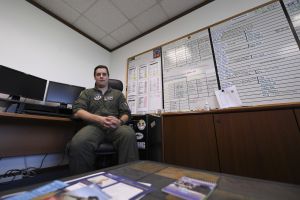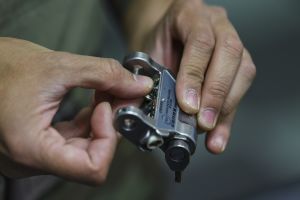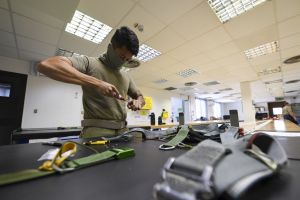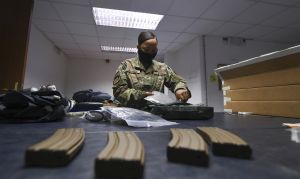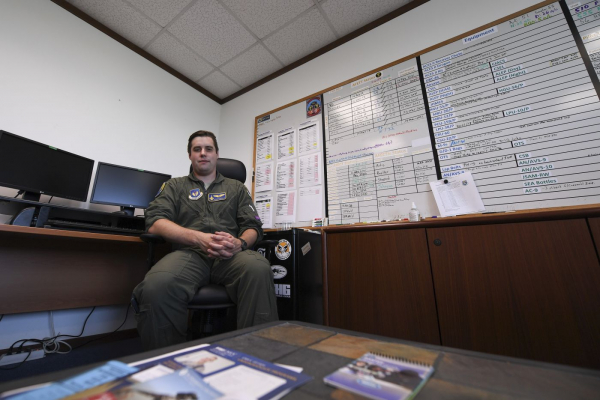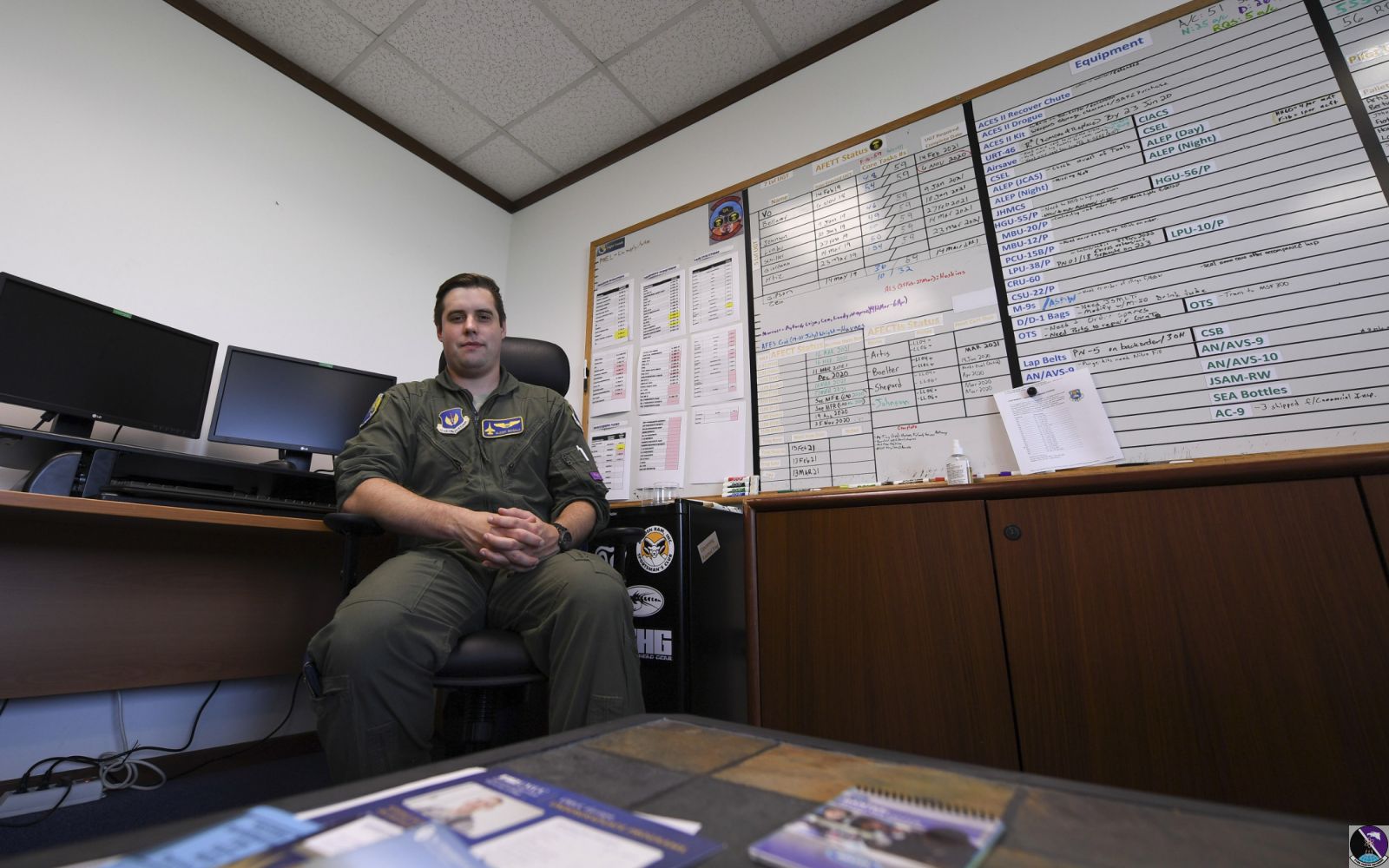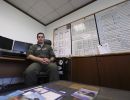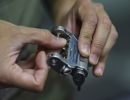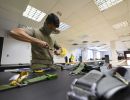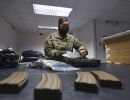AVIANO AIR BASE, Italy --
“As a pilot, the leadership aspect of it is something I don’t think a lot of people expect coming in,” said Maj. Joseph Basala, 510th Fighter Squadron pilot. “[People assume pilots] show up, walk to the jet while drinking their morning coffee, jump into the cockpit, fly, land and go home…I think there are a lot of misconceptions about what a pilot’s day consists of.”
After commissioning in 2010 from the University of Michigan, Basala was originally selected for navigation school, but made his way into the backseat of an F-15E Strike Eagle as a combat systems operator. In 2017, Basala was selected to complete pilot training, and has been flying as a wingman at Aviano for the last year.
Like most pilots, Maj. Basala isn’t just a pilot.
“I came to Aviano as a basic qualified pilot, but I wasn’t mission-qualified yet,” Basala said. “After a few months of training, the squadron will sign you off as combat-ready. Once you’re done with that training, you are assigned another job [on the ground].”
Pilots can be assigned to several other squadrons such as scheduling, training or mobility. Basala is not only a pilot for the 510th FS, but he is also the 31st Operations Support Squadron aircrew flight equipment flight commander, overseeing operations that provide critical support to the aviators of the 56th Rescue Squadron, 57th RQS, 555th FS and 510th FS.
“Whether you’re a flight commander or section chief, you are leading people in the air and on the ground,” he said. “I don’t handle any of the aircrew flight equipment myself, but as a flight commander, my role is more about program oversight and leadership. I’ve never been a flight commander before, so this is a new opportunity I’ve gotten to experience and learn from.”
Aircrew flight equipment manages, maintains and inspects gear the pilots wear, as well as gear placed inside the aircraft to maximize survivability in the event an aircrew member egresses during an emergency.
“I couldn’t undersell the importance of AFE to the Air Force and its mission,” Basala said. “With ejection aircraft, maintaining, inspecting and packing equipment is vital to the safety and success of a pilot’s mission.”
It all goes back to safety, and Basala seems to have taken juggling a flying schedule and leading AFE in stride, said Staff Sgt. Raymundo Leija, 31st OSS AFE technician.
“I’ve worked with many pilots, and these guys do 14-hour days on any given day, and still make time for their duties on the ground,” Leija said. “This is sort of a side-gig for Maj. Basala, and he still makes sure everything is working smoothly and we have the help we need to get the job done.”
Between deployments, combat, and experiencing losing fellow pilots, integrating different experiences and figuring out how they can positively influence him and others has been one of the biggest challenges Basala has faced in the Air Force, he said.
“Feeling like I have an impact on the world is very rewarding,” Basala said. “I think any flight commander has the opportunity to impact people’s lives and careers in a positive way, and it’s my favorite part of being a part of AFE.”
